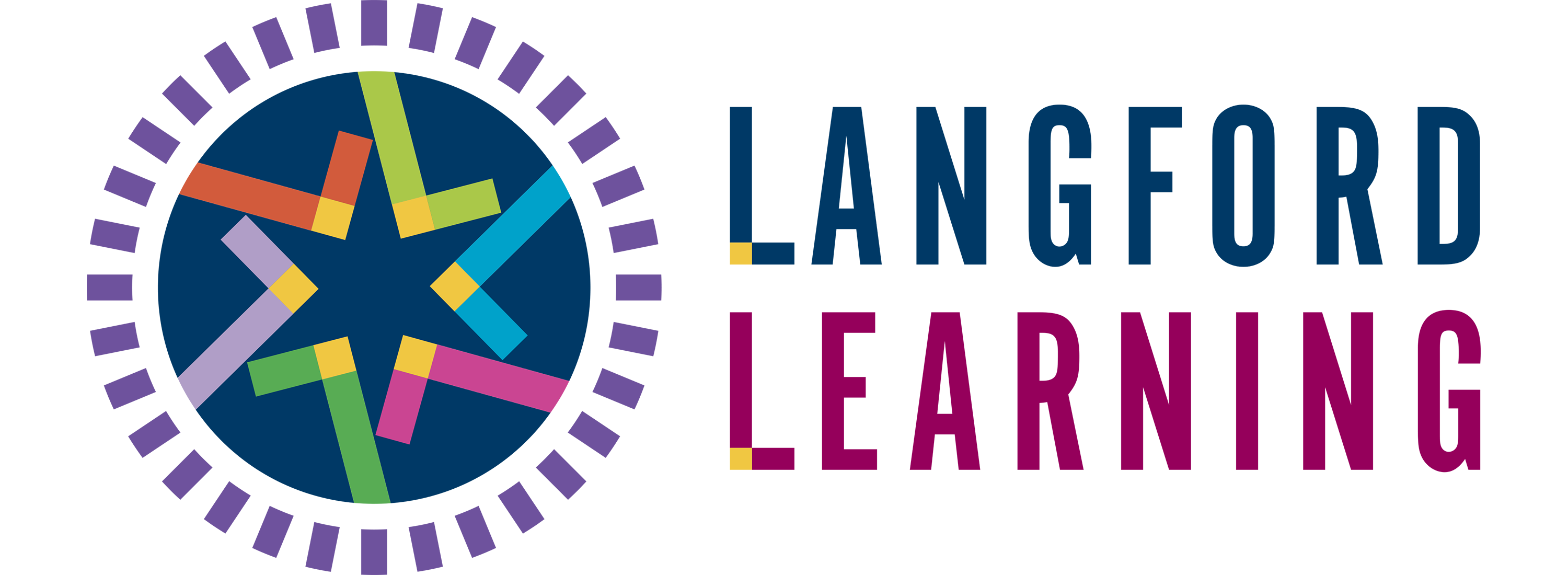Quality Learning: Goal Tending
- David Langford
- Business, Education, General
- 0 Comments

As a Continuous Improvement consultant for schools, districts, colleges and universities, I continually encounter the same common systemic problems no matter the size of the organization, nor its location in the world. One of these common problems is the idea of goal setting to improve performance either within the class-room or the organization. One of the common fallacies in strategic planning initiatives is to force the part or whole of the organization to set arbitrary goals in order to fill in the blanks. How individuals or organizations address this issue of goal setting can have considerable effect on the behavior of people in the organization and their ability to significantly improve performance.
The first component in understanding the problem with goal setting is to understand basic systems thinking. Every system is designed; either planned or unplanned, to produce on average, a relatively consistent result. Some systems like the U.S. National High School Dropout Rate produce a very stable, poor result. On average the U.S. has a 30% dropout rate. Dr. Deming, Dr. Juran and other statisticians have concluded that 85% – 98% of the outcome of any system comes from the system itself. Any system will continue to produce the result it was designed to produce, whether we want the outcome or not. Generally, this axiom of systems thinking holds true, regardless of the people flowing through the system. In education, the system encompasses students and employees. Consequently, blaming people for the poor performance of the system will not significantly improve the systemic outcome unless the system is changed.
When a leader states an arbitrary goal, there are several inherent problems incorporated into this statement. First, it assumes that the reason we are not achieving improved performance is that people are not working hard now. It also assumes that one of the leaders great contributions is to state how hard people should be working (arbitrary goal setting). An example of a stated goal would be “We should be working hard enough to reach an average of 80% mastery”. These statements show a lack or absence of system thinking. If the system was designed to produce and does produce an average of 50%, just stating we should be at 80% will not improve performance. It only frustrates the people working in the system. Sometimes these targets are called stretch goals. A stretch goal is stretching to reach an arbitrary target. I know of no realistic method for adequately setting a stretch goal.
This stretch method of trying to improve either a classroom or larger system is sure to cause resentment, frustration and even defective behavior such as cheating. If enough pressure is placed on people to achieve an arbitrary goal, they will strive to make it happen even if they have to sacrifice their integrity. Every year states uncover administrators tampering with the test scores of their students in order to achieve arbitrary stretch goals set by the government. The same is true in the classroom; students will try to achieve an unattainable goal set by the teacher even if they have to cheat.
Second, since an arbitrary goal is based on picking a number without understanding the system, where do these arbitrary goal numbers originate? Why is 80% the goal? Why not 82.75% (a number I have always admired)? These numbers cannot be justified. Dr. W. Edwards Deming often said these numbers come from only one possible source – séances! The same holds true for Average Yearly Progress (AYP) goals, which accompany the No Child Left Behind Act in the United States. The people in the system are confronted with squeezing blood out of a turnip to try and reach arbitrary numbers. They will often make it hap-pen by distorting the numbers, or they just give up realizing it is hopeless. Often, educators who over pressure people in these circumstances are eventually left with only the people who can’t find another job. Unfortunately for students, most do not have the option of finding another school and thereby become victims of a dysfunctional and low performing system.
Third, stating a goal is not a method of improvement. Deming often said “By what method…” will you attain an improved result? Since most of the outcome is attributed to systemic causes (85-98%), most of the improved result will come from improving (changing) the system, not from putting pressure on people to work harder. We have some excellent administrators and teachers in our educational systems, if they knew how to continually improve the system based upon data about how the system is performing, they would already be doing it. We have to provide them the necessary tools and knowledge to make improvement possible.
Fourth, arbitrary goal setting assumes people are willfully withholding better methods and by simply stating challenging goals people will suddenly unveil improved methods. This assumes people are not motivated to do a good job and that we need to motivate them with goals and incentives. Teachers often fall into this trap with students and offer rewards of stickers, trinkets, student-of-the-month programs, recreational movies and parties to get students to work harder or have better behavior. Administrators and managers often manipulate employees with pay-for-performance schemes, employee of the month or year awards, and a host of other extrinsic motivators for much the same purpose.
What do we do instead of setting arbitrary goals?
Understand it is good to have knowledgeable, targeted areas to improve. For instance, our math scores are so low in comparison to the rest of the state, district, nation, or world; we need to target that area. A target is not a goal. It is an aim of the organization. It is our stated aim to continually improve average math performance over time and simultaneously shrink the variation in performance between students.
Realize, that numbers are your friends. A colleague from Australia, Michael King, Quality Learning Australia, often states that some people have taken a vow of “statistical abstinence”. Data states how the system is functioning. Collecting data is not an improvement method; it is an improvement measurement. In schools and business, we must work to create accurate data sets that tell the true story of performance, no matter how poor the results. An excellent way to understand systemic performance is to use Run Charts*, which show performance over time (at least seven or more data
points).
Know that the only goal needed is the goal of continuous improvement.
We are meeting our goal, if we are continually improving the average and shrinking the variation of the aim. If the speed at which this is happening is not acceptable, then we can work on methods to speed up the process of improvement, but the system will only produce what it was designed to produce.
Goal Tending: Tend the goal of continuous improvement.
- Use quality tools to collect data on the system’s existing performance.
- Study the systemic causes affecting performance.
- Seek to improve performance of the system. In schools, this means going to the source of improvement knowledge – the students.
- Do not have meetings with teachers and administrators to determine causes of poor performance without input and guidance from students.
- Show students the existing data and ask them, through the use of tools such as Fishbone Diagrams and Lotus Diagrams, to identify and prioritize problems and opportunities with the learning process.
- Use tools to gather additional data from students on performance problems.
The learning process positively or negatively impacts students. Therefore they are the most knowledgeable about the ways in which the system can be changed to improve their learning experiences. Students often identify problems such as “Math is not fun.” “My teacher is not organized.” “My teacher makes fun of students.” “I don’t know why we have to do this work.” “My teacher wastes class time explaining what I already know.” These types of problems and many others are not usually identified by teachers or administrators through meetings or professional learning communities, nor solved by adopting a new textbook or remedial program. These problems can only be identified and solved with the help of the people doing the work in the system – the students.
“Quality is never an accident; it is always the result of high intention, sincere effort, intelligent direction and skillful execution; it represents the wise choice of many alternatives.”
William A. Foster









